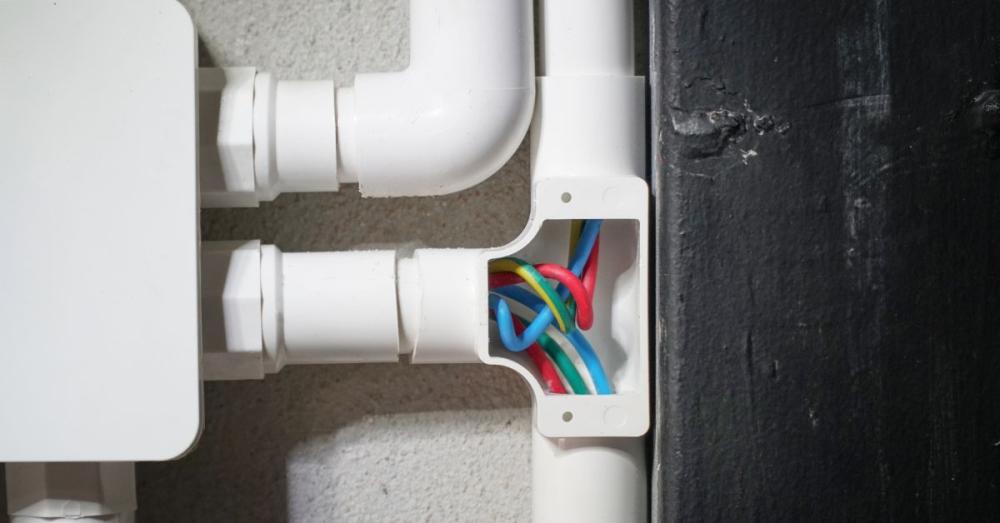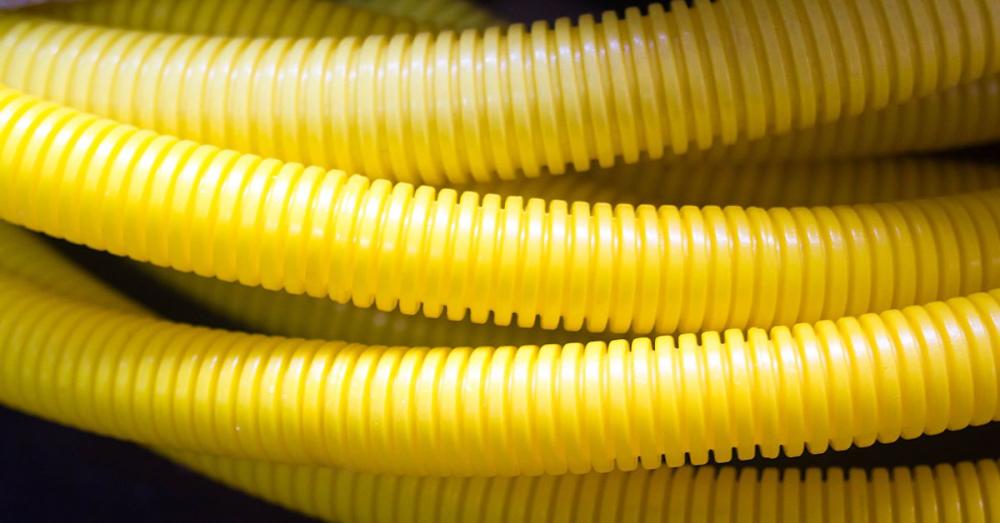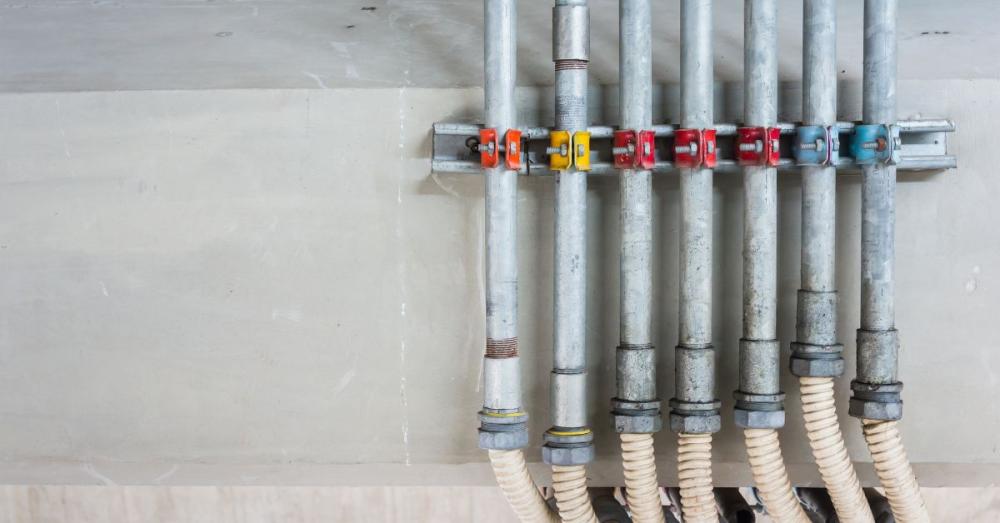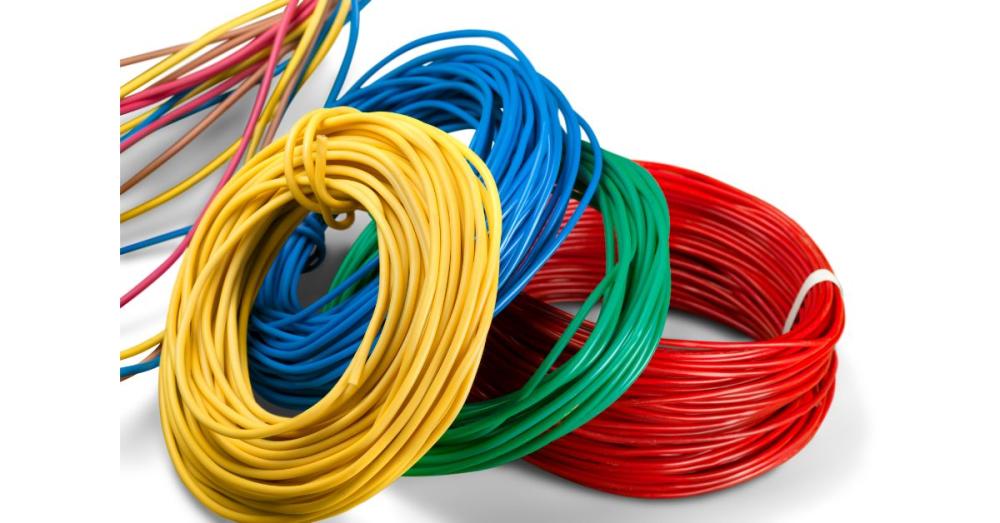Smart Cable Management for Safer and More Efficient Systems
Smart Cable Management for Safer and More Efficient Systems
Every building relies on its network of cables to function properly. These cables deliver power, data, and communication signals that keep spaces running smoothly. If left unmanaged, cables can quickly become tangled, damaged, or hazardous. Through proper cable management, electrical systems remain safer, easier to maintain, and far more efficient in the long term.
Cable management products are not only about visual order. It plays a critical role in preventing overheating, electrical faults, and unnecessary repairs. Using well-planned layouts, suitable conduit systems, and the right accessories can make a major difference in reliability and performance.
Importance of Proper Electrical Cable Management

Organized cables create safer environments and improve how electrical systems operate. When cables are neatly arranged, heat can dissipate easily, and technicians can trace circuits without confusion. In both residential and commercial installations, disciplined electrical cable management prevents a wide range of problems before they occur. This can help you avoid issues such as short-circuiting and equipment failure (NICEIC).
The main advantages include:
- Improved ventilation around equipment, preventing overheating.
- Easier fault detection through clear routing and labelling.
- Reduced trip hazards and abrasion damage.
- Compliance with applicable electrical standards and safety guidelines.
Key Benefits of Organized Cabling

1. Safer Operation and Reliability
Loose wires pose safety risks and can lead to tripping accidents or electrical faults. Using conduits, trunking, and cable trays keeps wiring protected, reducing the likelihood of insulation wear or short circuits. Safe wiring systems also meet standard compliance and insurance conditions more consistently. (Electrical Safety First).
2. Faster Maintenance and Reduced Downtime
Locating faults in tangled cable arrangements can be time-consuming. Labelled and logically routed cables make repairs quicker and less disruptive. Technicians can trace and replace specific wires efficiently, reducing equipment downtime.
3. Improved System Performance
Electrical and network equipment work better when they are not exposed to excessive heat or restricted airflow. Neat cable layouts help maintain steady temperatures and prevent strain on sensitive components. This directly extends the lifespan of devices. (Electrical Direct).
Conduits and Their Role in Organization

Cable conduits play an essential part in structured electrical installations. These enclosures protect wiring from mechanical stress, moisture, and environmental contaminants. They also maintain safe cable spacing while keeping routes organized. Selecting the correct type of conduit for each installation depends on location, conditions, and the level of protection required.
Main Types of Cable Conduits

- Electrical Metal Conduit (EMT): Semi-rigid and bendable, commonly used indoors in both residential and light commercial environments.
- Electrical Non-Metallic Conduit (ENT): Plastic-based, corrosion resistant, and suitable for walls or embedded runs where flexibility and moisture protection are desirable.
- Flexible Metal Conduit (FMT): Best applied near equipment that vibrates frequently or requires adaptable wiring pathways.
- Liquid Tight Non Metallic Conduit (LFNC): PVC-coated, watertight, and often installed in outdoor or industrial areas.
- Rigid Metal Conduit (RMC): Heavy-duty steel conduit designed for maximum physical protection and structural support in demanding installations.
Conduits and Trunking: Understanding the Difference
Although both conduits and trunking systems manage cables, each has a distinct function. Conduits are designed to protect individual or small groups of wires passing through walls, ceilings, or outdoor routes that face exposure to impact or moisture. Trunking, on the other hand, contains several cables in a larger, enclosed space, often mounted to walls or ceilings for easier access and expansion.
Choosing between conduit and trunking depends on the type of installation, the number of cables, and the environment where they will operate. Trunking is preferred for building interiors that need frequent reconfiguration, while conduits provide more robust protection in high-risk or outdoor areas.
Selecting the Right Cable Conduit

Each conduit type performs differently under environmental and mechanical stress. Consider several factors before installation:
- Assess exposure to heat, moisture, vibration, and impact during daily operation.
- Select materials that resist corrosion, flame, and ultraviolet radiation if exposed to sunlight.
- Maintain sufficient bend radius and separation distance between data and power cables to reduce interference.
- Confirm that all chosen materials and accessories comply with industry safety regulations.
Choosing correctly at the start saves effort, money, and rework later.
Planning and Labelling for Better Control

Careful planning leads to safer layouts and easier maintenance. Implementing an organized system helps technicians work efficiently and reduces the risk of mistakes.
Recommended practices include:
- Design routes on paper before installation and include allowances for expansion.
- Label every cable at both ends with durable, clearly readable markers.
- Keep power and data lines separated to avoid any electromagnetic interference.
- Install support brackets, trays, or clips to prevent cable sagging and strain at connection points.
- Use consistent colour coding for particular types of circuits to simplify future servicing and downstream changes.
Common Cable Management Mistakes

Even experienced installers can make errors that impact performance and safety. The following are some common issues to avoid:
- Overfilling trunking or trays, reducing airflow and making maintenance difficult.
- Ignoring required bend radii, causing crushed or overstressed cables.
- Mixing low-voltage and high-voltage cables too closely together.
- Using fasteners or clips that do not match the surface type or cable size.
- Failing to document routes or update wiring diagrams after modifications.
Avoiding these mistakes results in neater installations and improved safety over the life of the system.
Source - REL Acoustics
Cable Management Accessories that Add Value
High-quality accessories complete a cable management system. Small but significant components help maintain organization and long-term reliability.
Key accessories include:
- Cable ties and reusable straps for bundling and routing.
- Cable trays and ladders for large-scale cable runs in commercial or industrial environments.
- Cable clips and clamps for fixing wires securely to walls or surfaces.
- Heat-shrink tubing for sealing and insulating connections or joints.
- Brush plates and grommets that create tidy wall openings while protecting insulation.
Building a Sustainable and Ready-for-Future Design

Modern installations now consider sustainability alongside efficiency. Recyclable conduit materials, halogen-free coatings, and modular trunking provide safer environmental impact and longer usability. Planning pathways with flexibility for future circuit expansion minimizes waste and saves time during upgrades.
Regular system audits help eliminate redundant wiring, reduce clutter, and prepare equipment for new technology requirements.
Conclusion: Organized Systems that Last Longer
Effective cable management is fundamental to safe and long-lasting electrical installations. Proper planning, high-quality conduits, and well-chosen accessories reduce hazards and simplify every stage of system maintenance. Secure routing protects both people and property while supporting optimal performance.
Meteor Electrical supplies premium conduits, trunking, clips, and tools trusted by professionals across many sectors. These products help create installations that are safe, well-organized, and built to last.
Visit Meteor Electrical to explore reliable electrical cable management products for projects of any scale.
Frequently Asked Questions
1. What benefits does cable management provide?
It keeps wiring protected, promotes proper cooling, and helps technicians perform safer and faster maintenance.
2. When should flexible conduit be used instead of rigid conduit?
Flexible conduit is preferred where equipment moves or vibrations occur, or where routing paths require tighter bends.
3. How can small spaces maintain organized cables?
Using trunking, compact clips, and clear labelling allows cables to stay safe and accessible even in limited space.
4. Can poor cable routing harm equipment?
Yes. Bending, overheating, or compressing cables can create electrical stress that damages insulation and reduces lifespan.
5. What improvements offer immediate results?
Adding cable trays, adequate labelling, and reliable strain relief provides better organization and maintenance efficiency.

